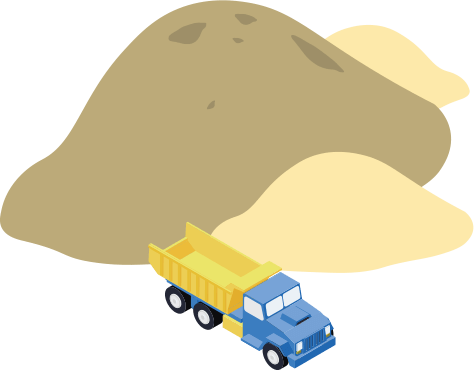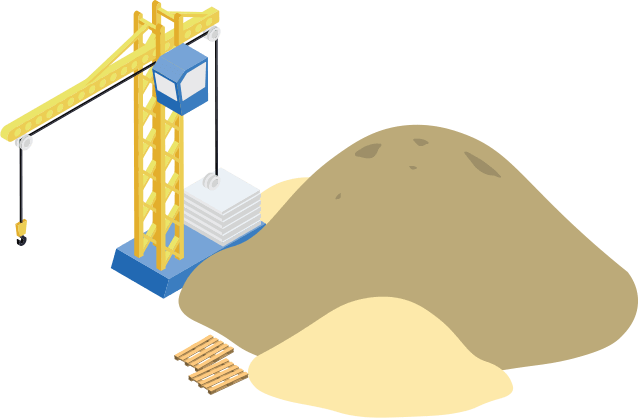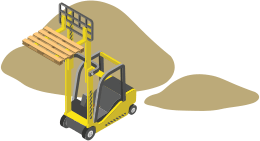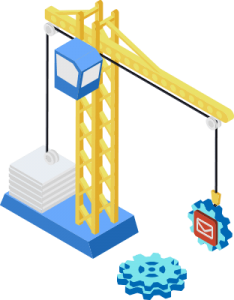Talking about the online store checkout process. There’s a lot to know. Last week we got as far as displaying the basket contents.
Now the rubber meets the road. The last few yards, where you are going to lose 90% of those you lose. This is where there is no substitute for getting inside the heads of your customers – or potential customers. That’s all they are until they click the “submit” or “purchase” button.
WHAT ELSE DO THEY NEED TO KNOW
Sometimes, rather than barreling ahead with inputting their personal information, there are things the prospective customer wants to know before parting with their hard-earned cash. Think about what these might be and make it VERY easy for people to find.
What is your return policy? Do you have a physical location? Do I have to pay sales tax? How long will it take to arrive? These and many other questions occur to people.
Don’t give them an excuse to quit on you, because you don’t answer these burning questions or because it’s not easy to find the answers.
REASSURANCE
I’ve said it before. I’m going to say it now. I will undoubtedly say it again.
You have to reassure the prospective customer that he is not going to make a mistake by purchasing.
And note reassurance is about your company, AND reassurance about the product.
Answering their various questions is very important to this, but the biggest thing of all, is testimonials.
Can you have too many testimonials? I supposed so, but you’d really have to work at it. Wallpaper your checkout processes with testimonial quotes, video testimonials, testimonial letter PDFs, awards, and endorsements.
They are a BIG difference-maker.
BREADCRUMBS – WHERE ARE YOU NOW?
You’ve seen them. Usually placed horizontally below the menu bar, they show the sequence of checkout steps and which one you are on now. Easy to do, and helpful in reducing confusion. If they are clickable, its an easy way for someone to go backwards in the checkout process if they need to.
WHAT DOES THIS BUTTON DO?
Seriously folks, is anyone going to click on a button without knowing what it will do? Maybe, but the farther along in the checkout process, the less likely it is.
If it is not 100% utterly clear what a button is going to do, just guess what people will imagine. Sign them up on spam mailing lists? Hack their computers? Clean out their bank account?
Don’t laugh. This is real. And ONE wrong word can cost you most of your sales.
Why would you ever have a button that says “continue” for example. Continue where or to do what? It might as well be one of those famous maps of the edge of the known world, labeled “Here Be Dragons.”
After you’ve wracked your brain to try and make sure of this, you might just want to run some tests. Show your checkout process to some people and ask them what they think will happen when they click that button – and are they SURE.
If there’s doubt in their minds, probably they are going to be GONE.
KEEPING THEM ON TRACK
Something else to think about. Keep your customer moving through the checkout process. This is another angle than the kind of anxiety reducers we’ve talked about.
How about enticements? You see this on sites that say, “order in the next 15 minutes to get free shipping” or “Did you know we include 6 months of phone support for free? Or “add a second watch for 1/2 price.”
ACCOUNTS OR NO?
Most stores work best when accounts are optional. You can purchase as a guest, but are encouraged to set up an account – for ease of reorder, to track shipments, etc.
But you have to make the choice easy and obvious. True story: In the early days of Amazon, they had this exact problem – it LOOKED like you had to create an account. Not so, but the confusion, when fixed, made them $250 million dollars extra in sales the first year from that one little change.
Don’t neglect the details.
WHAT IF THEY LEAVE?
Face it. You are going to lose a lot of people anyway.
If they got far enough in the process to give you their email address, you can send follow-up emails with special, limited time offers. “Come back and complete your order for 10% off the total price.” These work, and often get customers to increase the size of their original planned order.
IF they didn’t get that far in the process, you can still use “remarketing” that shows your ad to people who have been on your site – when they are on other sites. You’ve seen these. They also work, and can be carefully tailored for these “abandoned carts,” with special offers.
IS THIS THE END – OR JUST THE BEGINNING?
A GREAT delivery experience sets you up for repeat business. And your periodic mailings and special offers can harvest that opportunity.
Getting new customers is expensive. If yours is the type of business subject to repeat sales, this is usually your fastest, easiest cheapest route to a better Return on Investment.
Again, there’s a lot more that could be said about the checkout process, but these are the biggest key points. Now I’m interested to know if you find these articles helpful with your stores. Let me know.









